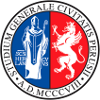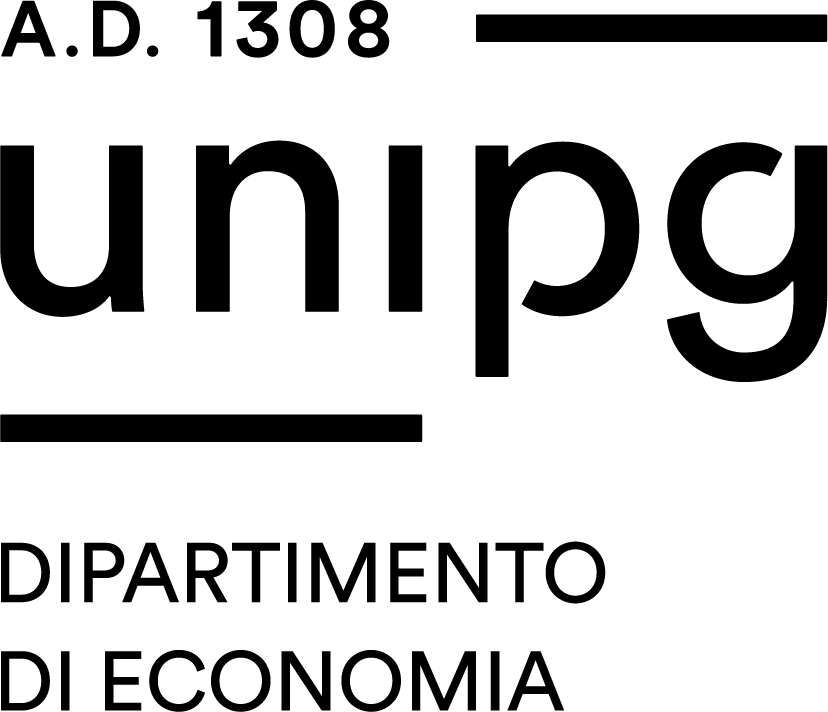Study-unit SUPPLY AND QUALITY OF LIVESTOCK PRODUCTS AND FISH
| Course name | Economics and culture of human nutrition |
|---|---|
| Study-unit Code | 80547506 |
| Curriculum | Comune a tutti i curricula |
| Lecturer | Alessandro Dal Bosco |
| Lecturers |
|
| Hours |
|
| CFU | 6 |
| Course Regulation | Coorte 2021 |
| Supplied | 2022/23 |
| Supplied other course regulation | |
| Learning activities | Caratterizzante |
| Area | Discipline della tecnologia alimentare |
| Sector | AGR/17 |
| Type of study-unit | Obbligatorio (Required) |
| Type of learning activities | Attività formativa monodisciplinare |
| Language of instruction | Italian |
| Contents | Breeding technologies of the main livestock species; approach to the main problems of the sector: quality, sustainability and animal welfare; different types of products such as meat, milk, eggs and fish; concepts of quality and supply of animal products and fish and their processed. |
| Reference texts | 1. Handouts and materials provided by the teacher. 2. LAWRIE R.A. (1983): Scienza della carne, Edagricole, Bologna. 3. GARDI G. (1980): Produzione e commercializzazione degli alimenti di origine animale, Esculapio, Bologna. |
| Educational objectives | The aim of the course is to transmit adequate knowledge needed to operate in the technical management of companies operating in the main sectors of meat production, eggs and fish: starting from the basic knowledge of breeding technologies, through processing to marketing of products; it aims to provide capacity for the resolution of issues concerning the production and processing of products from animal husbandry, aquaculture and fishing. The main knowledge gained will be on: - Breeding technologies; - Different types of products such as meat, milk, eggs and fish; - Concepts of quality and supply of animal products and fish and their processed. |
| Prerequisites | It is requires the ability to perform simple mathematical calculations and to have basic knowledge of biology and chemistry; in order to better follow the course, it is recommended to have passed other exams of the first year as Chemistry and Plant Biology and Applied Botany. |
| Teaching methods | The course is organized as follows - Lectures on all the topics of the course; - Laboratory exercises for the evaluation of the nutritional characteristics and the freshness of fish products; - Practical training for the use of dichotomous keys for the recognition of fish species and for the bibliographic search of scientific articles in English related to the fish species treated; - Field practices in the vision of the different management techniques for the calculation of rations optimal from the point of view of the environmental, animal welfare and quality; - Seminars with external experts - Seminars conducted by small workgroups teacher / student - Discussion in the classroom material delivered previously by the teacher - Activities in foreign Language. |
| Learning verification modality | The exam includes an oral and exposure in the classroom of a group elaborate concerning some current issues correlated to different livestock production sector. The oral exam lasting about 20 minutes is aimed to ascertain the level of knowledge and understanding achieved by students on the technical contents specified in the program. The same will also test the ability of connection, analysis and communication of the student with special attention to the language properties and the ability to organize the required arguments. The exposure of the classroom elaborate is the final step of a training program in collaboration with the teacher and with industry experts and aimed at identifying and seeking real solutions of the considered problems (combination of basic knowledge and group experience). |
| Extended program | Meat production chain The meat: qualitative characteristics and the factors affecting the quality; The main sectors of production meat: farms, processing, marketing and consumption; The meat industry from slaughter to processing; Sensory and instrumental methods to assessing meat quality; Milk production chain Milk: qualitative characteristics and factors affecting the quality; The main sectors of milk production: farms, processing, marketing and consumption. Egg production chain Eggs: from breeding to marketing; Chemical, physical and nutritional quality. The fish products from aquaculture and mariculture Practical lessons During the pratical activities the students will be involved: A. In visits to breeding and in the application of management techniques; in the calculation of optimal rations from the environmental, animal welfare and quality point of view ; in visits to processing companies; B. In the laboratory in the application of analytical techniques for the evaluation of quality of animal products; C. In bibliographic research of scientific articles in English concerning the studied species; Use of the major search engines of international bibliography; in the selection of the keywords most appropriate for the detection of the articles; In the preparation of a Power Point presentation and English presentation in classroom. |


